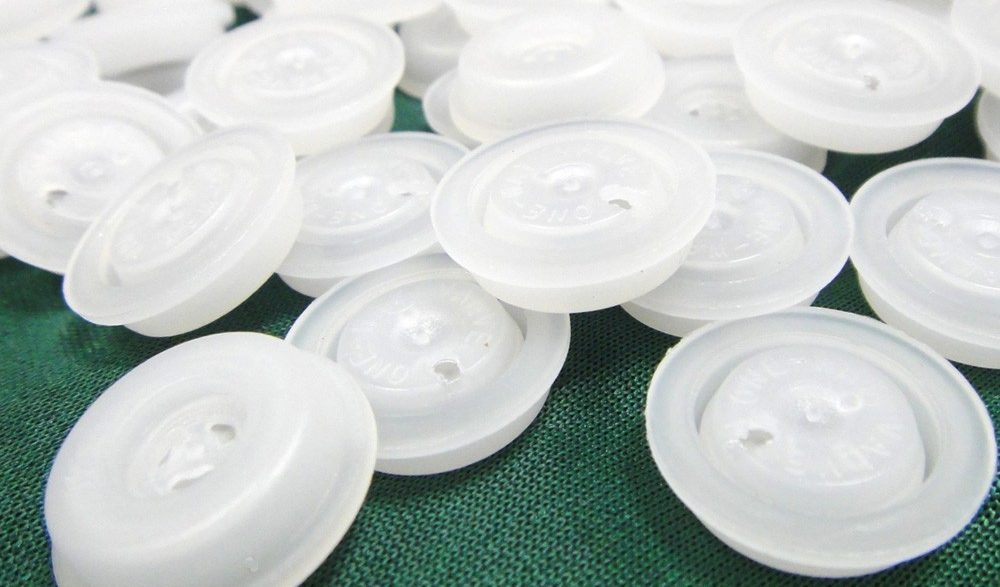Whether you’ve noticed it or not, there’s very likely a little plastic valve embedded into your bag of coffee with three tiny little holes designed to help let carbon dioxide escape — a bi-product from the coffee roasting process. But the question we’ve been asking ourselves recently: how useful is this little valve really?
The valve described above is used specifically to let carbon dioxide out whilst not letting anything else in, which in theory helps let the coffee breathe, but without any contaminants getting back in. The trouble with this though, is that the quality and engineering of these little valves — which cost very little, when compared to industrial parts which might do the same thing — is not the best, and in fact, isn’t too far off just poking a couple of tiny holes into the bag without the valve at all!
However, there are a number of considerations here, so let’s break them out a little:
- Oxygen, is the key oxidising agent that causes staling
- Carbon dioxide is released by the coffee after roasting and needs to escape
- Aromatics that contribute to flavour are also being released by the coffee after roasting
- Lastly, gases in/out are not the only contributor to staling (e.g. ambient storage temps)
Let’s just seal the bags then?
Ideally, we would just heat seal the bags — not letting any air either in, or out — possibly even vacuum-packing them. However, depending on the size of the batch and how dark the coffees have been roasted, the carbon dioxide released from the beans can be so great, that the bags not only expand, but they can also burst! Darker coffees will emit more carbon dioxide and faster. Lighter coffees less so, and slower.
Interestingly, it’s also notable that carbon dioxide is mostly inert (although, not entirely), and is often used alongside nitrogen for ‘flushing’ coffee, and other food, packages. In theory then, the carbon dioxide build up in the bag shouldn’t be affecting the coffee too much. Have a read of this PDF discussing Modified Atmosphere Packing (MAP) with specific notes about Carbon Dioxide in 3.1.
Avoiding the exploding bags
So, if we think that the carbon dioxide is probably not harming the coffee itself — it may even be helping to preserve the coffee — then the key to us keeping the valve is to avoid the bags exploding. Coffee is not much good to anyone if it’s spread out across the floor. However, even just for this intended purpose, we still face a few issues:
- They don’t work perfectly; sometimes (mostly) they still let air in – even if just a little
- They let coffee aromatics out along with any carbon dioxide
- Sometimes they fail to even let carbon dioxide out and the bag puffs up anyway
This begs the question: do we want to keep using them? We as a company desperately want to make our packaging more green and the valves are not helping matters at all.
Worse still, they are generally poor performers and largely do not do what they are intended to, so is there really any point? With bag sizes of 250g and below, it seems a no brainer to simply stop using them altogether.
To be honest, with some experimentation, I can see the use of 2kg capacity bags which are vacuum sealed for 1kg of beans having enough ‘air space’ for the carbon dioxide to degas without the bag exploding and allowing us to be free from valves forever!
We’ll report back once we get round to testing this theory but in the meantime, do let us know your views and experiments with valved vs. valveless bags. 🙂




Hello! I know im a few years behind this post. But how was your experimentation with the bags w/o a valve? I’ve been looking up about it because i also want to go green as we can for the shop and like you said, the valves aren’t being helpful in that aspect.
Hi there, I have also wondered about these valves. And I also would like how the experimentation went. Did you find out anything?
Best regards
Nico